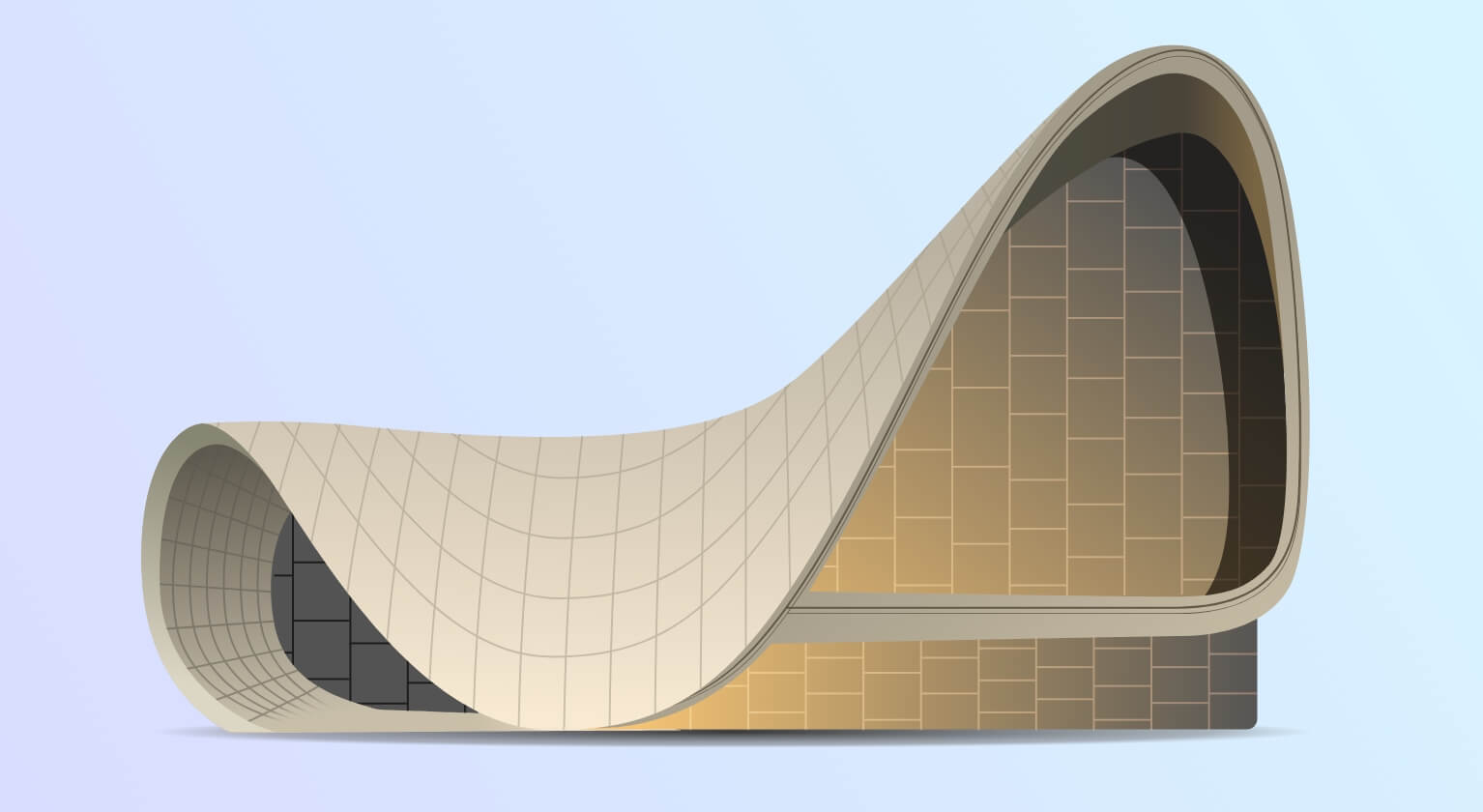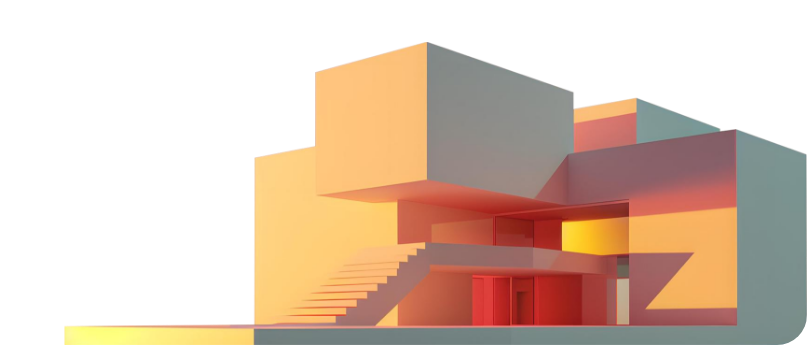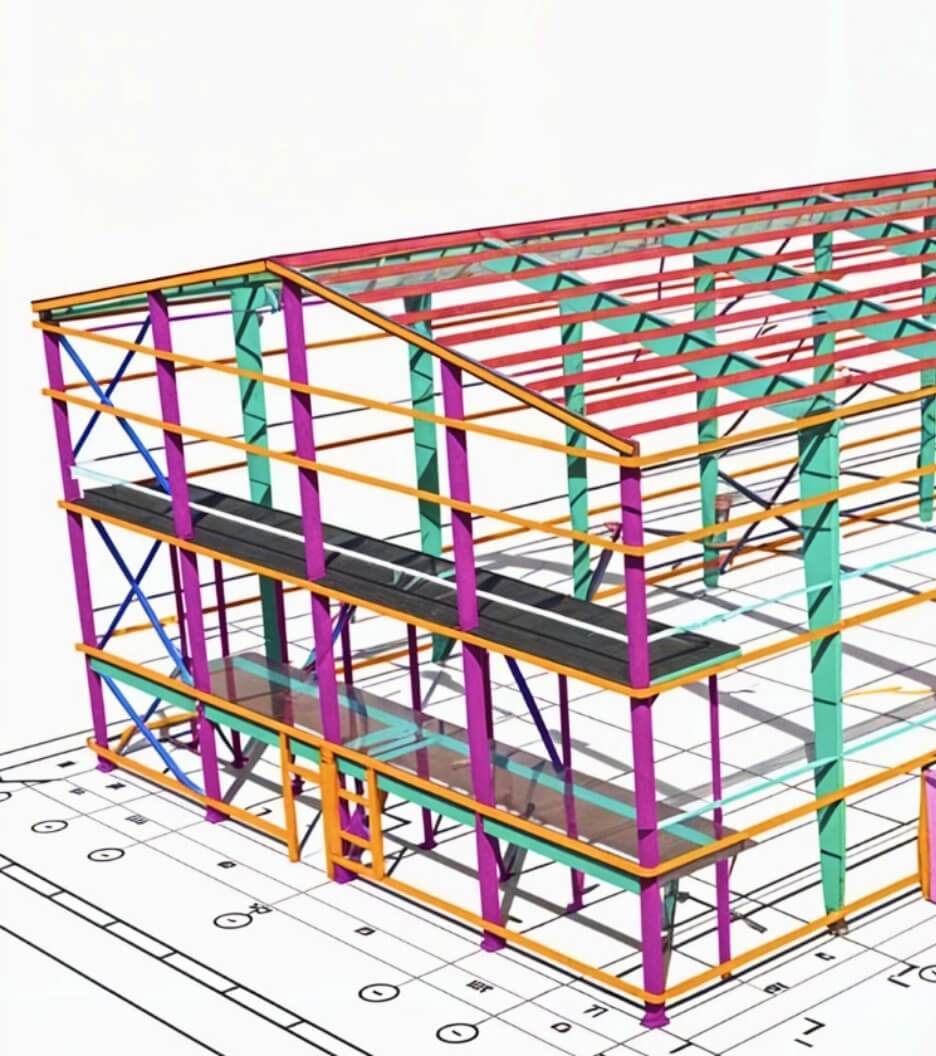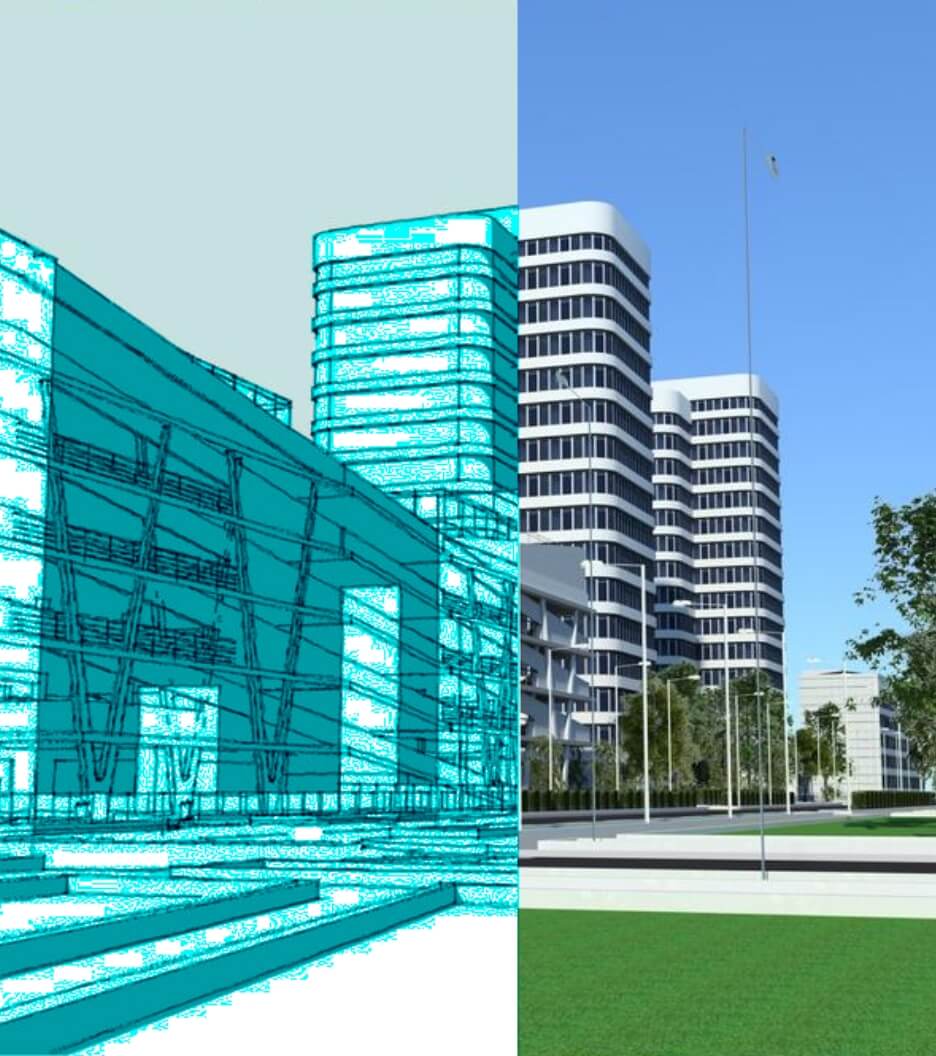 Rahul Dogra
Rahul DograHow can BIM Services Support Curved Architecture?
 Rahul Dogra
Rahul Dogra
Send Us Your Requirement
When talking about today’s architectural design structures, most people will imagine a building in a rectangular format. Not to blame, then, this is one of the most common, most used, and relevant building design formats. On the other hand, if someone asked you to imagine any historical monument, one would imagine a colossal, elegant dome with intricate work of architecture. The curvaceous-looking structures were winning hearts, and even today, if we look back at the monumental buildings, we will be amazed at how such buildings were constructed when there was no technology at all. Today, these historic buildings have become an inspiration to architects, pushing them to create something eternally beautiful. However, curved architecture designs origin can be traced back to the Renaissance period of Roman culture, who created the most remarkable and exquisite examples of buildings that are still standing today.
As a matter of fact, many people think that curved architecture is new and belongs through modern architectural designs, but it’s been around for centuries. The ancient Greeks used curved lines in their architecture, and the Romans used them too in their architecture, which is now taken as a source of inspiration for today’s architecture. Curved lines add an element of interest and beauty to a building that straight lines can’t provide. As modern technology has advanced today, BIM services can extensively support curved architecture designs with accurate and precise constructions. Today as the modern architecture has taken a different shape, BIM technology in construction opens doors of new opportunities, creativity and unique design ideas that aligns with the previous curved architecture.
Are you looking for an Accurate BIM Model for Curved Architecture Project?
Talk to our Experts
Apart from that, building information modeling can enhance the collaboration between the AEC and can digitally create an accurate model of the curved designed construction to know and resolve all the potential errors in it. Using BIM modeling services is the future of the AEC industry and has the probable ability to ease the process of construction with any architect’s designs. New technologies are revolutionizing the way AEC professionals design and construct buildings. BIM architectural services can help us build curved architecture, and that is why it’s worth investing in this technology. BIM Services can support curved architecture in many unimaginable ways. However, to understand these novel ways, let’s dive into why curved architecture in today’s time.
Why Curved Architecture Today?
Architects are breaking free from the monotony of angles and perpendiculars to push the frontiers of architecture. Curved constructions float harmoniously with nature, allowing them to relate to and blend into their surroundings. Curved shapes and elements have been increasingly popular in design over the last few years, inspired by Greek and Roman architecture. Curved architecture is one of the unique ways to add a touch of creative flair to any building project and give it an eye-catching look with simplicity and ensuring the infrastructure is functional in all possible ways. It provides various benefits, such as increased structural strength, aesthetic appeal, energy efficiency, and the ability to resist pressure from any external force. Curved architecture makes use of curved surfaces and shapes to create aesthetically pleasing designs that are both functional and aesthetically pleasing to look at. This design type requires specialized knowledge of structural engineering and building information modeling. As a result, finding a reliable BIM services provider in India who can provide the necessary expertise can give you dynamic and desired results per your needs. Experts from the industry can optimize the design process with the potential use of the latest technology and their skills.
Curved Architecture “Product of Industrial Revolution”
The start and rise of the Industrial Revolution resulted in substantial alterations and advancements in this architectural style. The development of lighter, more flexible materials and the ability to mass produce utilizing improved machinery simplified the construction process as a whole. However, as curving structures on the tops of buildings became more frequent to the general public, they began to look drenched in dullness with vertical columns ornamented with similar domes and catenary arches. Incorporating biomimicry into the architectural design resulted in the actual emergence and evolution of the curved building.
How can BIM Facilitate Curved Architecture?
With the introduction of the BIM technology in construction in the twenty-first century, architects can now create practically any shape and form. Professionals no longer had to perform complex calculations to make hand-draft plans that were rarely precise or convenient. As the supreme technology allows AEC experts to get hands-on 3D models that encompass all the required details, information, specifications, material data and much more. All this data further helps in the construction process with accurate information of each stage of the project. Besides, curved architecture can also take on various helpful forms as structural components.
They can offer zone, movement, and creativity and be load-bearing constructions and furniture pieces. Collaboration, communication, and coordination among professionals from diverse disciplines became more effective and efficient thanks to software solutions such as Revit. It also allowed them to visualize the 3D model of the construction before committing any time, money, or resources to the project. As a matter of fact, with accurate curation of the BIM model, architects and engineers can leverage the power of digital representation to ensure the efficient functionality of the curved infrastructure along with physical characteristics of the same.
Users could also employ BIM service providers from a definitive BIM company. As architecture continues to explore new novel ways to push the boundaries of architecture, it’s important to remember that BIM services can be a powerful tool in supporting these innovative designs.
For example, BIM modeling services can create accurate models of curved surfaces, which can help to ensure that a building is constructed according to the designer’s vision and design. In addition, building information modeling can help coordinate complex construction projects, ensuring that all the different elements come together seamlessly. As we continue to push the envelope in architecture, BIM services will support us every step of the way.
Conclusion
The curved architecture revolution has made a comeback in the industry after being around for generations. Today, this revolutionized comeback is an exciting opportunity for architects and engineers to rethink the boundaries of design, and BIM services help make these ambitious projects a perfect reality. With powerful 3D modeling, advanced visualization, and accurate construction documentation, BIM services is the ideal fit to help bring curved architecture projects to life. When applied correctly, they offer the potential to create truly innovative designs that could transform the built environment. By taking advantage of the power of BIM services, architects and engineers can ensure their projects are structurally sound and aesthetically pleasing. The possibilities for what can be achieved with curved architecture are limitless, and BIM services can help unlock that potential.


